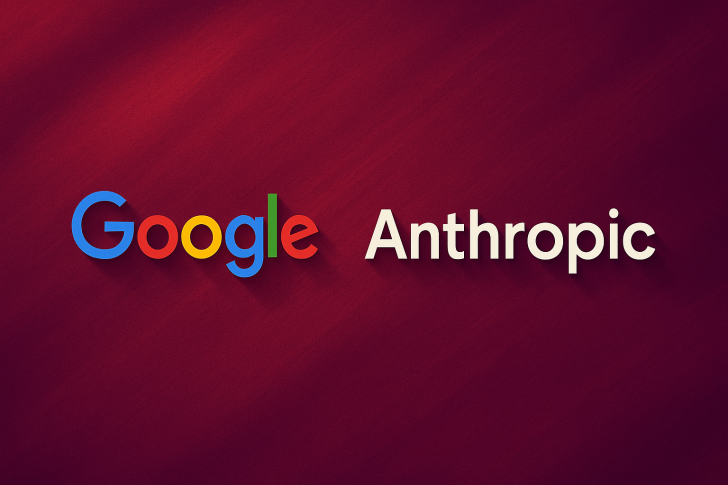Google has secured Anthropic as its anchor client for the largest Tensor Processing Unit expansion in company history, directly tying $7 billion in annual revenue to Google Cloud. The partnership includes plans to deploy a full gigawatt of computing capacity by 2026, marking a decisive push to turn AI infrastructure into a profit center.
Google Cloud's Strategic Shift
According to trader Shay Boloor, this deal represents a turning point for Google Cloud, which has historically lagged behind Amazon Web Services and Microsoft Azure in market share. As AI infrastructure becomes the primary driver of enterprise spending, Google is betting that its custom-built TPUs will power the next wave of growth.
Unlike Nvidia's GPUs, TPUs are designed specifically for machine learning workloads, giving Google greater control over performance, cost structure, and long-term scalability. By partnering with Anthropic, the company behind the Claude language models, Google locks in recurring infrastructure revenue from a leading AI developer while strengthening its position in the generative AI ecosystem.
The shift is significant because it moves Google from being primarily a research-focused AI player to a serious contender in commercial infrastructure. Anthropic's commitment to TPUs ensures consistent demand, stable cash flow, and deeper integration between Google's hardware and some of the most advanced AI models in production today.
Industry Impact: Google vs. Microsoft
The Anthropic deal puts Google in direct competition with Microsoft's exclusive arrangement with OpenAI, where Azure serves as the sole infrastructure provider for GPT models. With Anthropic now tied to Google Cloud, the company gains a comparable foothold in the AI compute market and creates a parallel ecosystem that challenges Microsoft's dominance.
Industry analysts see this as a deliberate effort to monetize Google's proprietary chip technology while diversifying its revenue streams beyond traditional cloud services. The TPU expansion is expected to improve energy efficiency for large-scale training runs and position Google as a viable alternative for enterprises that have historically relied on Nvidia-powered GPU clusters.
The Future of AI Compute Economics
By 2026, the planned one-gigawatt TPU infrastructure could make Google one of the largest AI compute providers globally, rivaling even hyperscalers that depend heavily on third-party hardware.
The partnership with Anthropic not only strengthens Google's standing in the AI hardware race but also establishes a model for vertical integration that spans chip design, model training infrastructure, and commercial deployment. As AI workloads continue to scale, Google's bet on custom silicon and strategic partnerships may redefine how companies build and monetize AI infrastructure in the years ahead.
 Peter Smith
Peter Smith

 Peter Smith
Peter Smith


